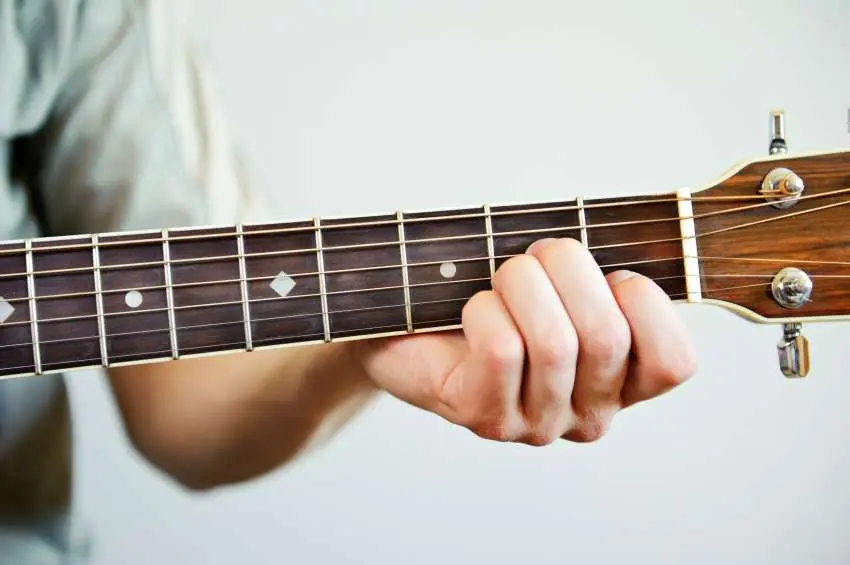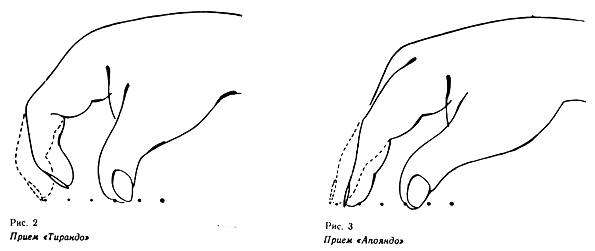
Theory and guitar | guitarprofy
“Tutorial” Guitar Lesson No. 11
In this lesson, we will talk about music theory, without which further learning to play the guitar has no prospects for growth. Theory is one of the most important stages of learning, since the practice of playing the guitar is inextricably linked with theory, and only through knowledge of the theory there is concreteness in learning and the ability to explain many technical aspects of playing the guitar. There are many guitarists who have reached great heights in playing the guitar and are not familiar with music theory, but usually these are dynasties of flamenco guitarists and were taught by direct demonstrations from their grandfathers, fathers or brothers. They are characterized by a certain manner of improvisational performance limited by style. In order to achieve performance success in our case, only theory can be the key to unlocking secrets. In this lesson, I will try to explain in an accessible way the level of theory that is simply not bypassed for this stage of training. We will talk about the duration of notes and the Spanish technique of sound extraction on the apoyando guitar, thanks to which the surround sound of the instrument is achieved.
A bit of theory: Durations
Just as every hour is divided into sixty minutes, and every minute into sixty seconds, so every note in music has its own strictly defined duration, which saves music from rhythmic chaos. Pay attention to the picture resembling a pyramid. At the top is a whole note duration, which is the longest in relation to the notes located below.
Under the whole note, half notes took their place, each of these notes is exactly two times shorter in duration of the whole. Each half note has a stem (stick) which serves as its difference in writing from a whole note. Below two half notes, four quarter notes take their place. A quarter note (or a quarter) is twice as short as a half note in duration, and it is distinguished from a half note in the notation by the fact that the quarter note is completely painted over. The next row of eight notes with flags on stems represents eighth notes, which are half as long as quarter notes and ends with a pyramid of sixteenth notes. There are also thirty-seconds, sixty-fours and one hundred and twenty-eighths, but we will get to them much later. Below the pyramid is shown how eighth and sixteenth notes are grouped in a notation and what a dotted note is. Let’s dwell on the note with a dot in a little more detail. In the figure, a half note with a dot – the dot indicates an increase in half note in duration by another half (50%), now its duration is half and quarter notes. When adding a dot to a quarter note, its duration will already be a quarter and an eighth. While this is a little unclear, but further in practice everything will fall into place. The very bottom line of the picture represents pauses that completely repeat the durations only not of the sound, but of its break (silence). The principle of the duration of pauses is already embedded in their name, from pauses you can make exactly the same pyramid that we just dismantled, considering the duration of the notes. It should be noted that the pause (silence) is also one of the most important components in music and the duration of the pause must be strictly observed as well as the duration of the sound.
From theory to practice
On the open third string (sol) and the second string (si), we will consider how the durations of sounds differ in practice and at first it will be a whole note sol and a whole note si, while playing each note we count to four.
Further, all the same notes of salt and si, but already in half durations:
Quarter notes:
The children’s song “Little Christmas Tree …” is the best way to illustrate the following example related to eighth notes. Next to the treble clef there is a size of two quarters – this means that each measure of this song is based on two quarter notes and the score in each measure will be up to two, but since there are smaller durations in the form of grouped eighth notes, for the convenience of counting add a letter and
As you can see, when theory is combined with practice, everything becomes much easier.
Next (supporting)
In the lesson “Guitar Fingering for Beginners”, you have already become familiar with the “Tirando” sound extraction technique, which is played by all kinds of fingering (arpeggios) on the guitar. Now let’s move on to the next guitar technique “Apoyando” – a pinch with a support. This technique is used to perform monophonic melodies and passages. The whole principle of sound extraction is based on the fact that after extracting the sound (for example, on the first string), the finger stops on the next (second) string. The figure shows both methods and when comparing them, the difference in sound extraction becomes clear.
When the string is plucked like “Apoyando”, the sound becomes louder and more voluminous. All professional guitarists practice both picking techniques in their performances, which is what makes their guitar playing so delightful.
Reception “Apoyando” can be divided into three phases:
The first phase is touching the string with your fingertip.
The second is bending the last phalanx and pressing the string a little towards the deck.
The third – when sliding off the string, the finger stops on the adjacent string, getting a fulcrum on it, leaving the released string to sound.
Again, some practice. Try playing two short songs with the Apoyando technique. Both songs start with a beat. Zatakt is just not a full measure and musical compositions often begin with it. During the out-beat, the strong beat (small accent) falls on the first beat (times) of the next (full) measure. Play with the “Apoyando” technique, alternating the fingers of your right hand and sticking to the count. If you find it difficult to count yourself, use a metronome to help. As you can see, a quarter note (do) with a dot appeared in the middle of Kamarinskaya. Let’s count this note one and two. and the next eighth (mi) on и.
As you can see, a quarter note (do) with a dot appeared in the middle of Kamarinskaya. Let’s count this note one and two. and the next eighth (mi) on и.
PREVIOUS LESSON #10 NEXT LESSON #12





